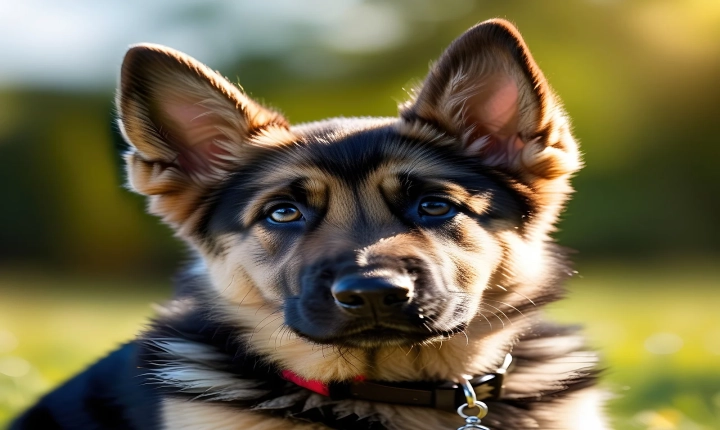Artificial intelligence has become an increasingly popular tool for producing art, raising the question of how exactly it generates creative works. AI’s ability to create paintings, music, and even poetry has captured the imagination of both artists and technologists. But how does AI produce art, and what does it mean for the future of creativity?
The process of AI creating art can be broken down into several key components. The first step typically involves training the AI on existing works of art. This is done by feeding the AI large amounts of data, such as images, music, or literature, so that it can learn the patterns, styles, and structures that define these artistic forms. For example, in the case of visual art, the AI may analyze thousands of paintings to understand the elements that define different artistic styles, such as impressionism, surrealism, or cubism.
Once the AI has been trained on this data, it can then begin to generate its own original works. This is often achieved through a process of iteration and refinement, where the AI will produce a piece of art, receive feedback on it, and then use that feedback to improve its next creation. In this way, AI can produce art that is both innovative and informed by the traditions and styles that it has learned from its training data.
One of the key advantages of AI-generated art is its ability to explore creative possibilities that may not have occurred to human artists. Because AI does not have the same cognitive and perceptual limitations as humans, it can produce artworks that are truly unconventional and surprising. This can lead to the creation of new forms of art that challenge our traditional conceptions of creativity and expression.
Another interesting aspect of AI-generated art is the potential for collaboration between AI and human artists. Many artists are beginning to use AI as a tool to augment their own creative processes, using it to generate new ideas, explore different styles, or even as a direct collaborator in the artistic process. This collaboration between human creativity and AI’s capacity for pattern recognition can lead to groundbreaking new works that wouldn’t have been possible through human art alone.
However, the rise of AI-generated art also raises concerns about the nature of creativity and the role of the artist. Some critics argue that AI-produced art lacks an essential element of human expression and emotion, leading to works that are technically impressive but ultimately hollow. Additionally, there are ethical questions about the ownership and authorship of AI-generated art, as well as concerns about the potential for AI to perpetuate biases present in the training data.
As AI continues to advance and become more sophisticated, it’s likely that the role of AI in art will continue to evolve and expand. Artists and researchers are constantly pushing the boundaries of what AI can achieve in the realm of creativity, leading to new forms of art, new ways of collaborating, and new questions about the relationship between technology and expression. While the full implications of AI in art are still unfolding, it’s clear that AI has the potential to transform the way we create and engage with art in the future.
